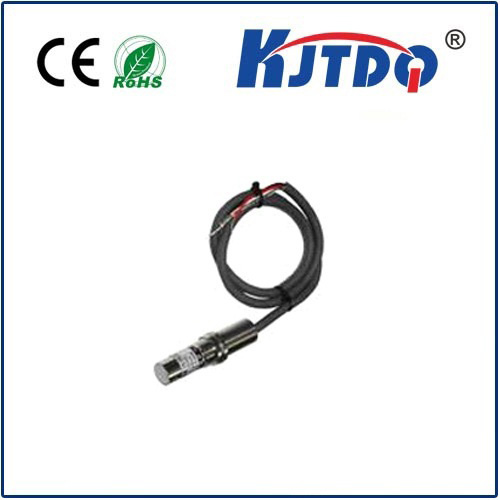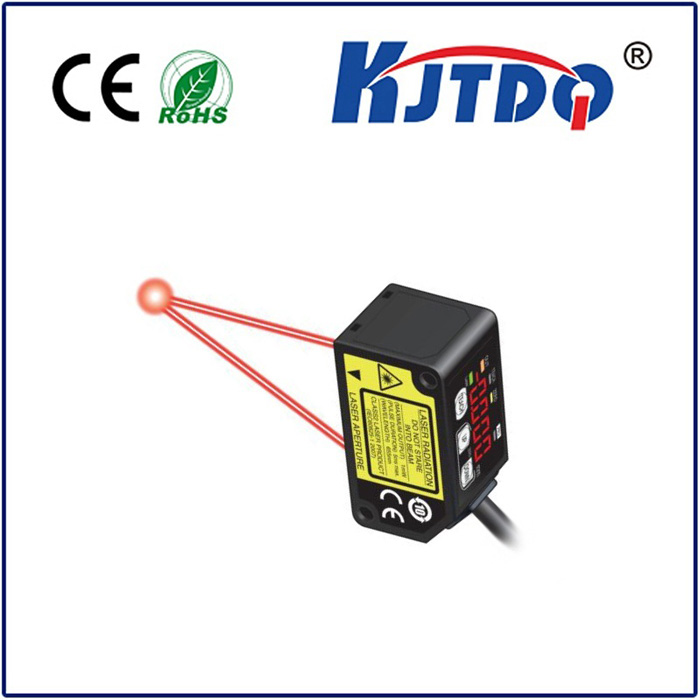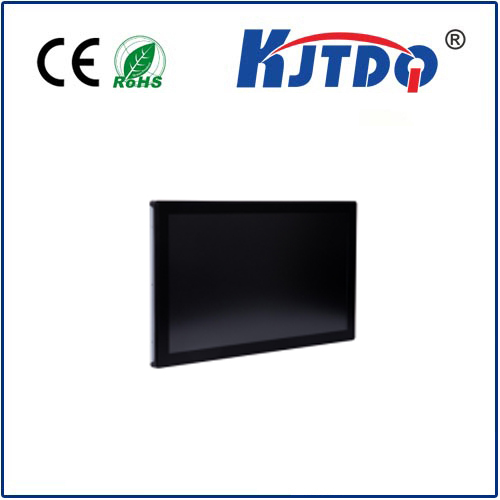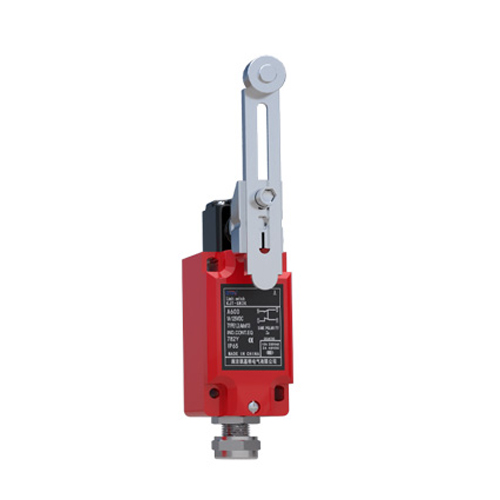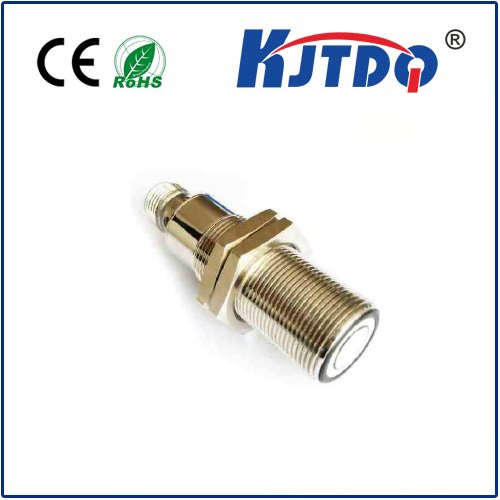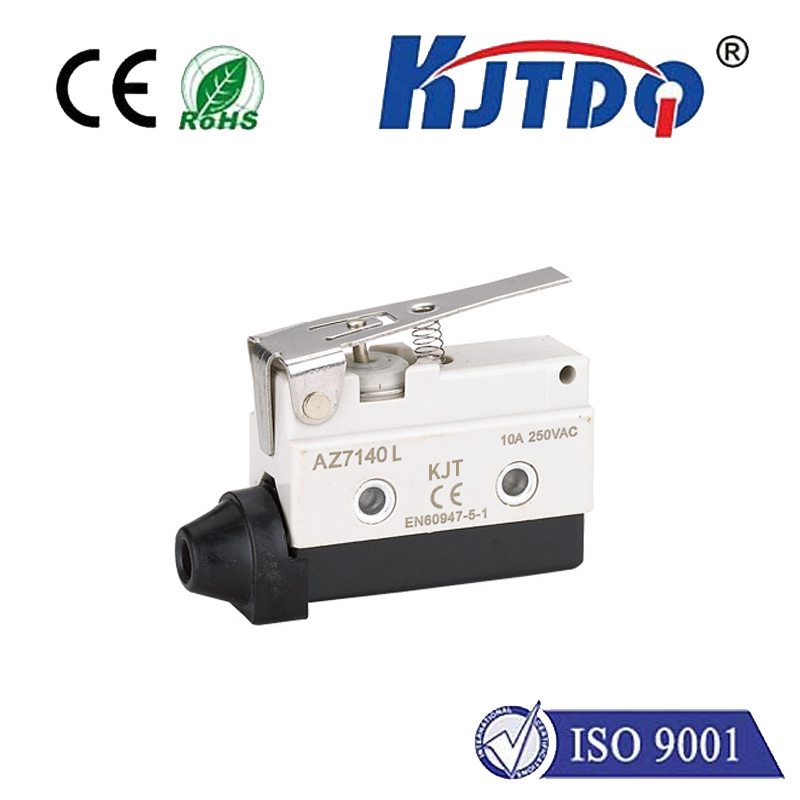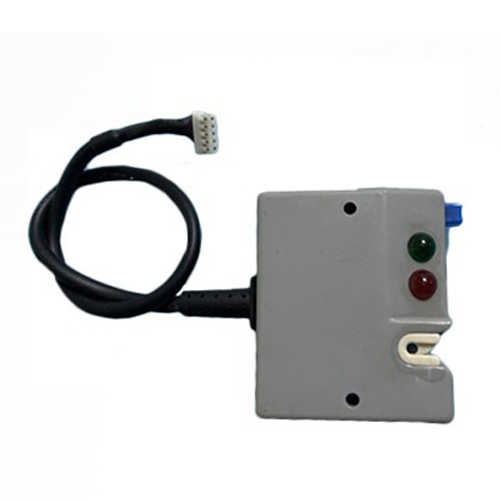

check

check

check

check

check

check

check

check

check

check
Ever watched a factory assembly line seamlessly glide, robots precisely placing components, machinery stopping exactly where needed? Or considered how your car knows when a door is shut securely? Often unseen, proximity sensors are the silent guardians enabling this precision and automation. They detect objects without physical contact, and among the various types, PNP proximity sensors stand out as a fundamental cornerstone, particularly cherished for their robustness and intuitive signaling in many control systems. But what makes them tick, and why are they often the preferred choice?
Decoding the “PNP” in Proximity Sensors
At its core, a proximity sensor detects the presence or absence of a metallic (or sometimes non-metallic) object within its sensing range. The “PNP” designation specifically refers to the type of transistor output it employs. PNP stands for Positive-Negative-Positive, describing the internal semiconductor structure of the output switching transistor.
Imagine the sensor’s output terminal. When the sensor detects a target within its specified range, the internal PNP transistor switches ON. In this active state, it effectively connects the output terminal to the positive voltage supply (often labeled V+ or +24V DC). Simply put: Detection = Output “ON” = Output Voltage becomes Positive (+V).
This behavior leads to PNP sensors being commonly described as having a “sourcing” output. When active, they source or provide positive current from their output terminal to the load (like a PLC input module or relay coil) connected to it.
PNP vs. NPN: The Crucial Distinction
Understanding PNP is incomplete without contrasting it with its counterpart, the NPN proximity sensor. NPN sensors utilize a different transistor type (Negative-Positive-Negative). An NPN sensor activates by connecting its output terminal to the negative voltage supply (0V or GND) when a target is detected. Therefore, NPN sensors are known as “sinking” outputs – they sink current from the load into their output terminal when active.
Here’s the key difference:
Why PNP Proximity Sensors Shine: Key Advantages
Several compelling reasons drive the widespread adoption of PNP sensors, especially in regions like North America and Europe:
Essential Specifications and Selection
When choosing a PNP proximity sensor, beyond the output type, consider these critical factors:
Wiring Basics: Powering Your PNP Sensor
A standard 3-wire PNP proximity sensor has distinct leads:
The load (e.g., PLC input module) is always connected between the sensor’s Black output wire and Ground (0V). This completes the circuit when the PNP sensor activates.
Where PNP Proximity Sensors Excel: Common Applications
Their reliability and sourcing nature make PNP proximity sensors ubiquitous in industrial automation:
Selecting the Right Tool for the Job
While PNP proximity sensors offer significant advantages in many scenarios, especially concerning intuitive logic, fail-safe characteristics, and PLC compatibility, the choice between PNP and NPN isn’t absolute. NPN sensors have their place, particularly in specific regional wiring standards (like some Asian markets) or certain circuit configurations. The critical factor is understanding the requirement of the load being controlled. Does your PLC input expect a sourcing signal? If yes, then a PNP proximity sensor is the natural and reliable solution. By understanding their operation, advantages, and proper integration, you can effectively leverage these workhorses of automation to create reliable, efficient, and safe control systems.
